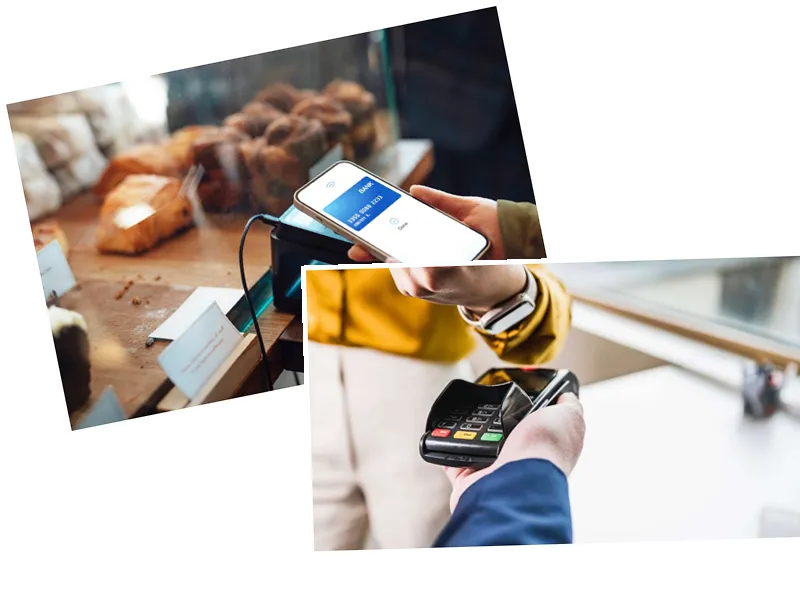Embracing Contactless Payments: The Future of Transactions
In an era where carrying cash is becoming less common, contactless payments are taking center stage. With the rise of NFC technology (Near Field Communication), consumers are now able to make purchases using their smartphones and smartwatches effortlessly. Recent studies indicate that while cash remains the preferred payment method for many, particularly in Germany where half of all transactions were made with cash in 2023, the trend towards digital payments is undeniable. Approximately 25% of users are now utilizing mobile devices for transactions, a figure that continues to grow annually.
The Rise of Mobile Payment Solutions
The integration of NFC technology into smartphones started with the launch of Google’s Nexus S in 2010. Today, apps like Google Pay and Apple Pay have revolutionized the payment landscape, allowing users to pay securely in stores by simply bringing their devices close to a compatible payment terminal. Smartwatches have also joined the fray, with brands like Apple, Samsung, and Fitbit offering models that support contactless payments. Notably, even traditional watches can be upgraded to support this feature through specific compatible straps.
Smart Rings: The New Trend
Emerging technologies have introduced smart rings as a fashionable and practical payment alternative. Brands like Rikki and cnick are gaining popularity, offering unique designs that allow users to make payments with a simple tap or knock on the terminal. This minimalist approach caters to the growing demand for convenience and style in payment methods.
Security and Convenience: The Dual Benefits
Experts agree that contactless payments are secure due to the short-range nature of NFC technology, which minimizes the risk of data interception. However, users are encouraged to take extra precautions, such as enabling two-factor authentication and monitoring transactions closely. It’s also crucial to maintain a charged device, as a lack of battery or internet connectivity can hinder the payment process.
Challenges and Considerations
Despite the convenience, there are challenges associated with digital payments. In Germany, for instance, about 17% of smartphone owners utilized mobile payments in 2021, with barriers such as limited ATM access for withdrawals and potential data collection concerns. Users must also be vigilant about device security, ensuring that lost devices are reported and blocked immediately.
In conclusion, while traditional cash payments still hold a significant place in consumer habits, the shift towards contactless payments via smartphones and wearables is unmistakable. As technology advances, the future of transactions looks to be more streamlined, secure, and convenient than ever.





